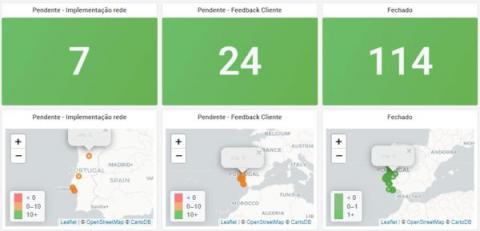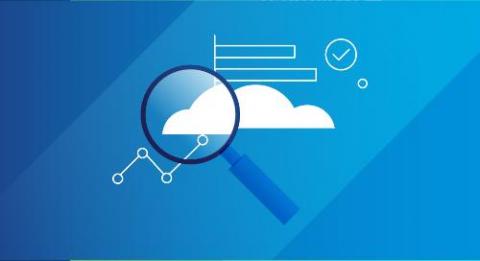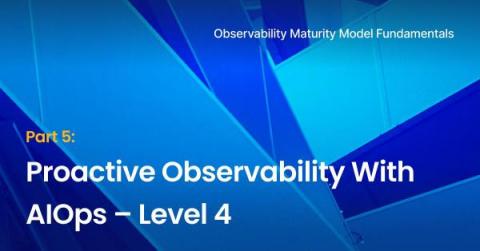Operations | Monitoring | ITSM | DevOps | Cloud
Latest News
The Complete Kubectl Cheat Sheet [PDF download]
Kubernetes is one of the most well-known open-source systems for automating and scaling containerized applications. Usually, you declare the state of the desired environment, and the system will work to keep that state stable. To make changes “on the fly,” you must engage with the Kubernetes API.
How to get complete CI/CD pipeline observability
It's not like it used to be back in the day! Before CI/CD, we were building on-premises, service-oriented products following system style architecture and we were able to map out the build system and end-to-end process in a PowerPoint or Visio document. Although time-consuming and inefficient, it was relatively straightforward and the build pipeline was unlikely to change drastically. But that's no longer the case.
Observability 101: a chat with Jude Bakeer
Troubleshoot in less than 60 seconds with Grafana: Inside NOS's observability stack
It may seem like ancient history, but there was a time when telecommunications companies only had to worry about connecting customers over landlines. Today, their businesses depend on vast cellular networks to not only provide strong wireless phone coverage in countless locations, but also handle the demands of tablets, computers, and machine-to-machine communications.
The Difference Between Monitoring and Observability and Why It Matters
Organizations are adopting cloud native and multi-cloud architectures to drive innovation, achieve faster time to market, improve yield, and deliver exceptional experiences to their customers. However, for all the business benefits of modernizing, the process does not come without challenges.
The Importance of Observability for Site Reliability Engineers (SREs)
Site reliability engineers (SREs) play a crucial role in ensuring the reliability of systems. From creating software to improving system reliability in production, responding to incidents, and fixing issues, SREs are responsible for guaranteeing the health of applications.. And observability helps support SREs'. Because an observable system allows them to identify and fix issues promptly, resulting in SRE's being better equipped to fast-track development cycles.
Key Observability Scaling Requirements for Your Next Game Launch: Part II
In Part I in our series outlining best practices for scaling observability, we reviewed the data analysis capabilities that can help engineers troubleshoot faster during high pressure situations during a game launch. Nobody wants lag time or crashes in their game launch. Similarly, no one wants terminated sessions or for your gamer customers to log off and play a competitor’s game.
How Do I Do Availability Checks in Honeycomb?
We’re adopting Honeycomb with our teams, however, we’re trying to set up Availability Checks for our services like we’ve done with previous providers. How do we do that in Honeycomb?
Part 5: Proactive Observability With AIOps- Level 4
Level 4, Proactive Observability With AIOps, is the most advanced level of observability. At this stage, artificial intelligence for IT operations (AIOps) is added to the mix. AIOps, in the context of monitoring and observability, is about applying AI and machine learning (ML) to sort through mountains of data looking for patterns.











